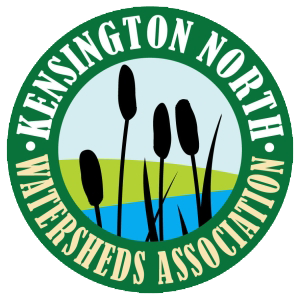In previous articles in our hazardous waste series, we’ve discussed what makes a product a hazardous waste, how to properly dispose of them, the environmental impacts of improperly disposed waste, and discussed resources for learning more about products in your home. This article is the fourth and final article in the series, and we will discuss simpler, DIY alternatives for certain products.
In our household hazardous waste survey, we asked whether households would be interested in environmentally safer product alternatives. The majority of responses said yes, followed by unsure, and very few households said no. Some that said they were unsure indicated it depends on whether the products worked and how much they cost. Well, we’ve searched the internet, tried various recipes, and have compiled a few methods that we think work just as well as store-bought products and are cost effective. In fact, DIY recipes tend to be cheaper than store-bought cleaners! These recipes and the instructions for their use are listed below.
Dishwasher Detergent
- Place dirty dishes in dishwasher as usual
- Add 3 drops of regular dish soap to the dishwasher detergent cup
- Fill the cup 2/3 full with baking soda
- Add salt until the cup is nearly full
- Run dishwasher as normal
Shower Cleaner
(works on the worst accumulation of soap scum)
- Heat 1 cup of white vinegar in microwave
- Add 1 cup dawn dish soap (can use a little less)
- Whisk together and put in spray bottle
- Spray on shower surfaces and leave to sit
- Wipe and rinse well
Window and Glass Cleaner
- 1 part distilled water
- 1 part white vinegar
- Mix together and add to spray bottle
- Spray on surface and wipe clean
All-purpose Cleaner
(same recipe as window and glass cleaner above)
- 1 part distilled water
- 1 part white vinegar
- Mix together and add to spray bottle
- If you need extra abrasiveness, mix baking soda and water to form paste
- Scrub first with baking soda paste, wipe clean, then use all-purpose mix
We encourage you to also try out these recipes or others you may find on the Internet. If you try any of these recipes out or have a different recipe than the ones we’ve listed, feel free to share them with us by email to KensingtonNorthWatershed @gmail.com, on Facebook at Kensington North Watersheds Association or on Instagram at Kensington_north_watersheds
This series has been part of Kensington North’s Hazardous Wastes Stewardship Pilot Project which we partnered on with Environment and Climate Change Canada.
Heather Harris,
Project Coordinator
Published in The County Line Courier, Vol. 27, No. 09, Pg. 04.
